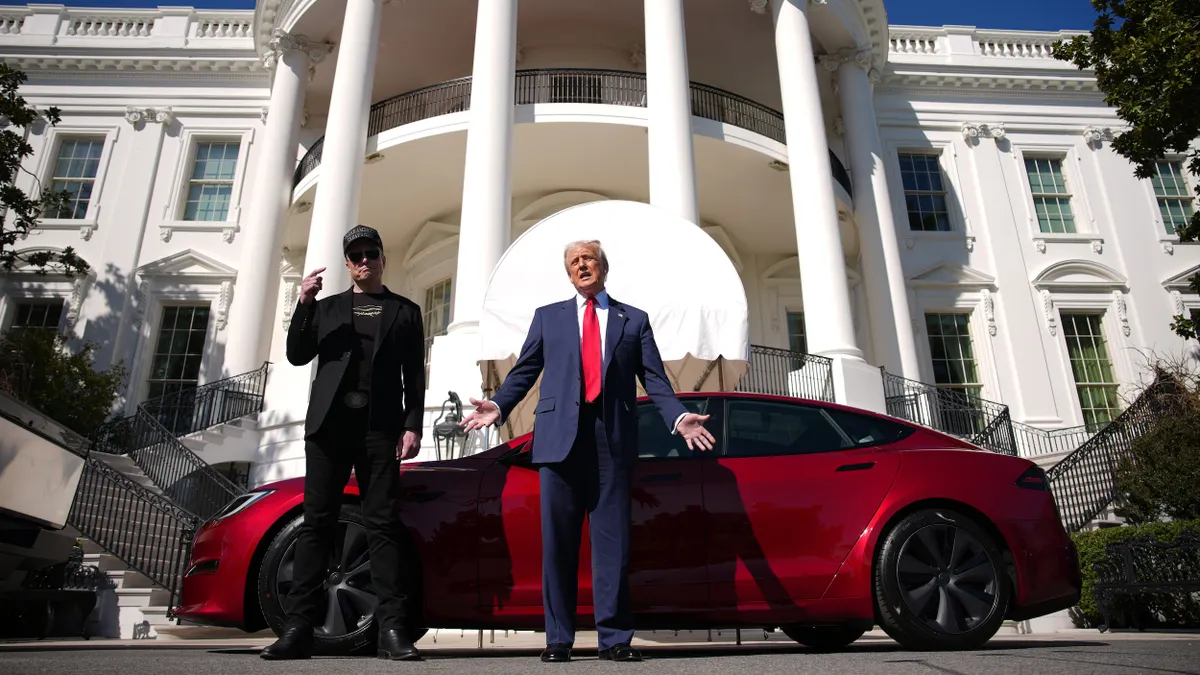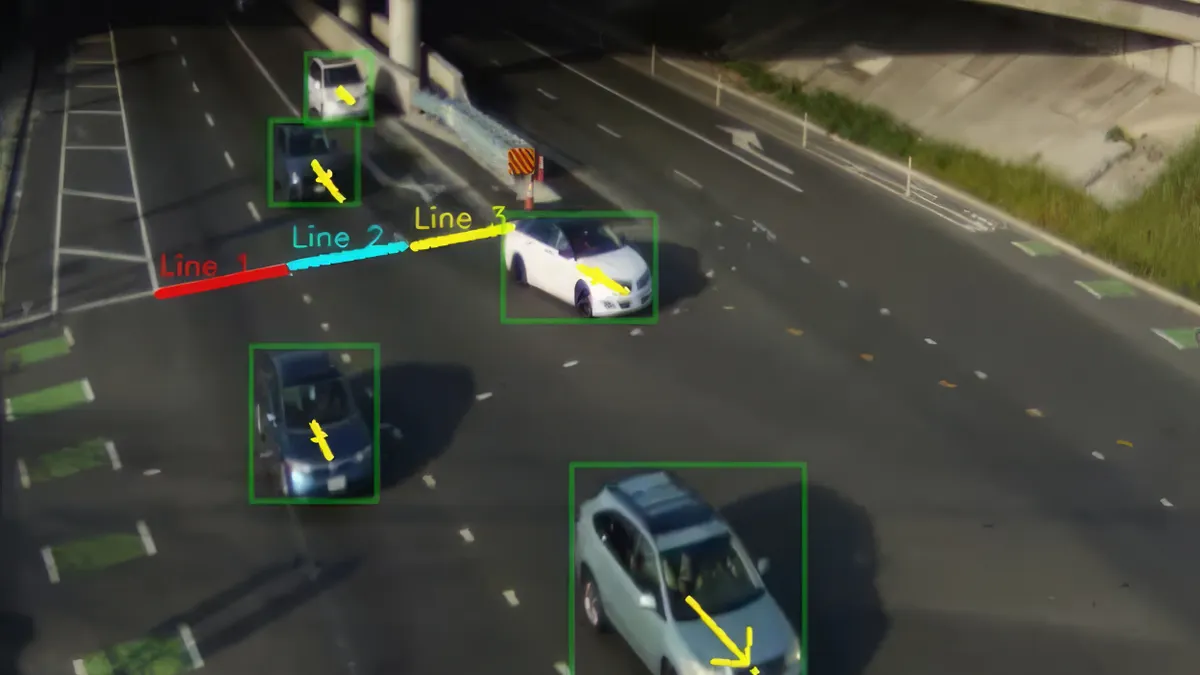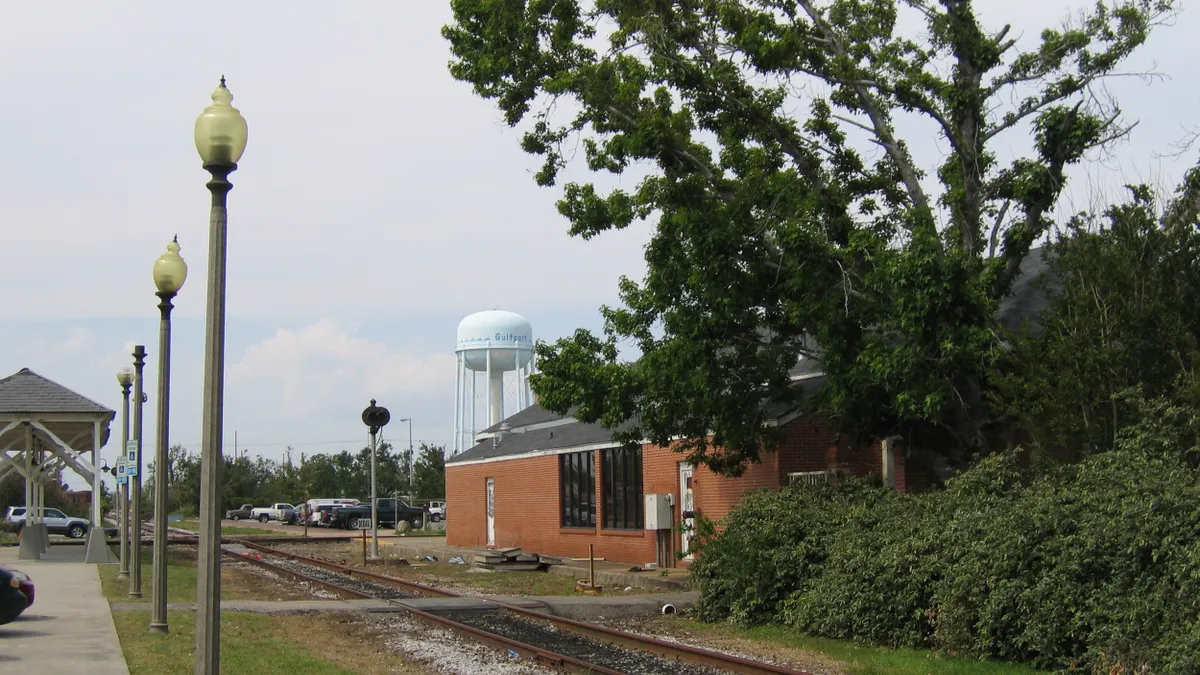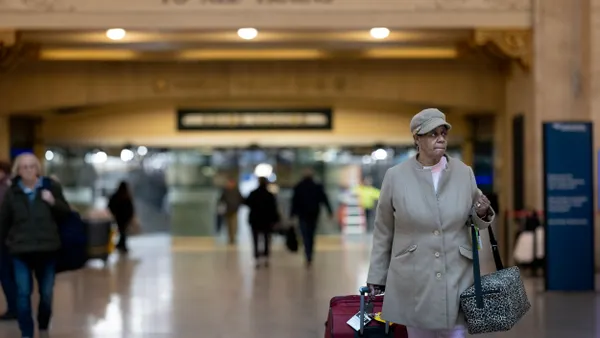The "smart city" buzz term can spark many ideas for innovation, driving leaders and stakeholders to spin cities on their heads with advanced offerings to improve qualities of life. Yet as urban areas grow to accommodate more residents of all backgrounds and abilities, the need for inclusivity — especially in the wake of development — is dire. To address that need, hundreds of global leaders gathered in the "bat cave" of the U.S. Institute of Peace in Washington, D.C. on Tuesday for the Inclusive Smart Cities Summit.
The Institute of Peace was an appropriate setting for the summit, which addressed how the world's top cities are consciously making decisions to be compassionate and mindful of its residents' needs. Hosted by the Washington DC Economic Partnership (WDCEP), the summit specifically addressed the importance of inclusivity in workspaces, transportation and the future of the workforce.
The process of ingraining the concept of inclusivity into these areas can differ, however the goal is all the same: to strategically solve problems and make investments that will benefit a city — and its residents — as a whole. Below, Smart Cities Dive elaborated on three keys to inclusivity that were highlighted at the summit, and explained how each can be developed and achieved.
1. Collaborative workspaces
At the heart of cities are the offices in which diligent innovators and entrepreneurs work to improve the economy and contribute to societal growth — however, the success of this work largely depends on the accommodations and design of the workplace. According to Randy Fiser, CEO of the American Society of Interior Designers, humans spend 93% of their time indoors. He emphasized this point by noting, "We need to understand the spaces we're in matter to us deeply."
"1.6 million years ago, when we became homo erectus, we were spending all of our time outside. It’s been in the last nanoseconds of our existence of evolution that we’re now moving ourselves indoors nearly 100% of the time."

Randy Fiser
CEO, American Society of Interior Designers
The ways in which they matter can differ, yet the one element that is a consistent priority across all smart businesses is employee happiness. Dave McLaughlin, general manager at WeWork, noted that to attain this happiness, the millennial generation prefers meaning over compensation. To achieve meaning, however, workspaces must present an environment conducive to learning and brainstorming. McLaughlin highlighted that at WeWork, spaces have open layouts and centralized kitchens, hallways are narrow to force interactions, and members are all given access to a mobile app to share ideas and needs. This workspace setting allows "infrastructure for impact [and] infrastructure for culture," according to McLaughlin.
These types of workspaces can benefit the cities they're in by increasing the competition for sophisticated, innovative talent. As a bonus, workspaces that prioritize design are also likely to prioritize the environmental impacts of the building. Rakia Finley, CEO and founder of FIN Digital, notes that smart workspaces will match — or exceed — the environmental standards of the city.
"Your office and your city matter together as one," she said. "If your city has made an effort to be as energy-efficient as possible, then your office should be as energy-efficient as possible."
2. Access to education and workforce opportunities
Filling workspaces with talent from all walks of life is another priority in inclusivity as a number of demographics still face challenges in the workforce. Prachi Vakhari, founder of WOMANIUM, an organization to promote female representation in STEM programs, pointed out that women are twice as likely as men to lose jobs. They're not the only group affected by exclusive standards, as minorities and people with disabilities also suffer from unsavory workplace statistics. Andy Rabens, special advisor for global youth issues at the U.S. Department of State, calls this trend the "lottery of birth" and denounces this concept's determination of career prospects.
"What are the systems [to ensure] that, regardless of the lottery of birth, there's equality in opportunity? How do we have to structure educational systems so lessons learned are equal?" he asked.
While access to education seems to be the first step in this equality, Rabens also highlighted the difficulty in keeping education up-to-date with changing needs in skill sets. He noted that about 2 billion jobs globally are set to disappear by 2030, meaning that kids are starting to be trained for jobs that may no longer exist when they graduate from high school or college. Re-thinking educational systems, and access to those systems, is key within cities. "Cities are the laboratories for democracies, and I think there's a sense now that cities are also the laboratories for innovation and education and ideas," Rabens said.
Changing these systems, and therefore increasing access to job opportunities, can be incredibly beneficial to cities as the fourth industrial revolution alters the workforce landscape. "We're in a period of amazing and rapid innovation going in such a fast pace that it’s dizzying," said Ken Eisner, senior management for worldwide education programs at Amazon Web Services. "Cities need a willingness to admit that their education ecosystem needs to change and evolve [with it]."
"Were in a period of amazing and rapid innovation going in such a fast pace that it’s dizzying."

Ken Eisner
Senior Manager for Worldwide Education Programs, Amazon Web Services
3. P3-backed transportation options
Access to education and work opportunities are limited by the transportation that is provided by a city, and that limitation is likely to persist without efficient transit options inspired by public-private collaboration. Cities now have more opportunities than ever to work with tech services and private companies for innovations that will allow governments to "let go of the status quo" of traditional transportation, according to Aaron Landry, general manager of Car2Go.
While these innovations come with some obstacles such as land use and user acclimation, solutions to these obstacles — especially equitable access — can also be achieved through public-private synergy, according to Gabe Klein, founder of CityFi.
"Often we don’t peel the onion back an extra layer to figure out what those solutions are," he explained. "The government can challenge folks like Lyft or Car2Go to say, 'Hey, if you can come up with the solutions then you can operate.'"
In fact, 49 state governments are already involved in working with Lyft to promote and regulate car-sharing services, according to the company's director of federal government Lauren Belive, yet there are more opportunities on a local level. Belive said more can be done to work with governments on the "last mile" to increase access to bus or train stations, as well as increasing medical transit options.
There are a myriad of P3-supported transportation possibilities, as long as cities lean into the collaborative process. "If [the government] has your back and allows you to experiment ... it really frees you up to partner with the private sector and worry less about public failure ... We gotta stop thinking that one thing is exclusive of the other, and we have to have that broad vision or you never get there," said Klein.


















